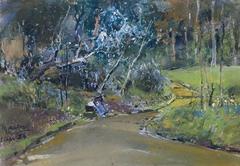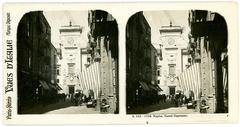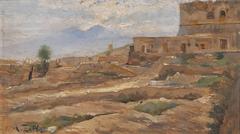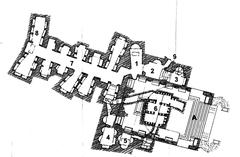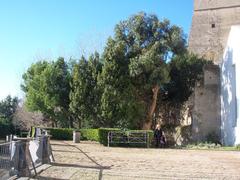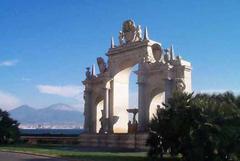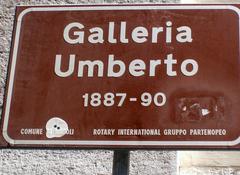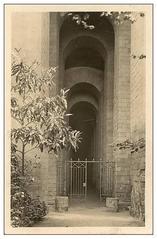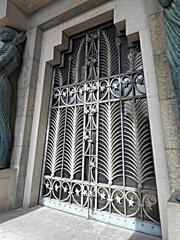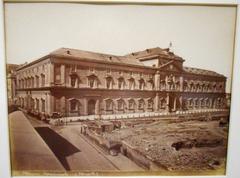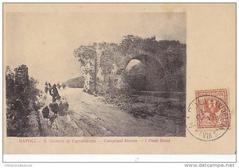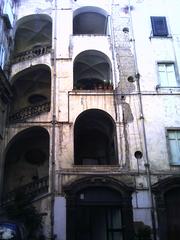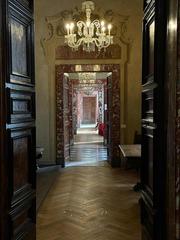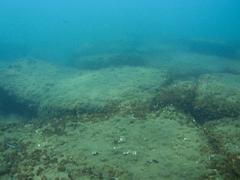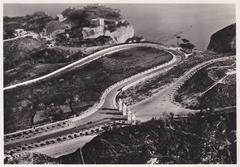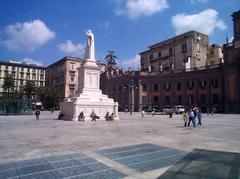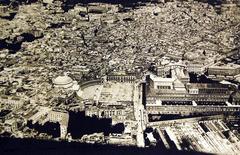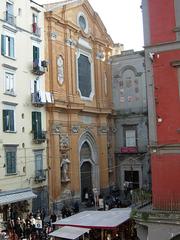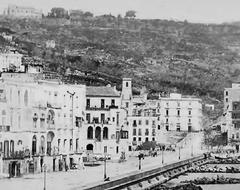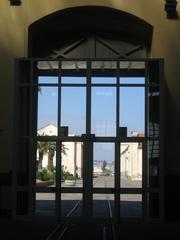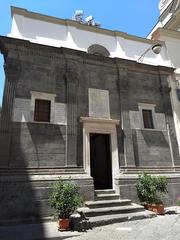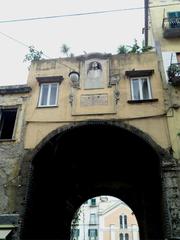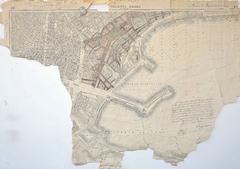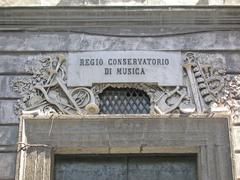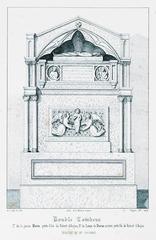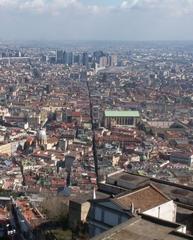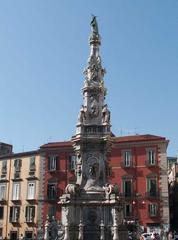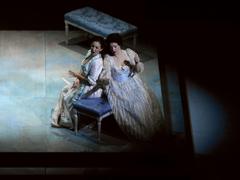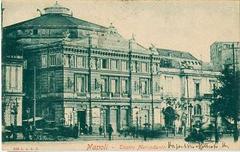
Palazzo Spinelli di Laurino: Visiting Hours, Tickets, and Historical Significance in Naples
Date: 04/07/2025
Introduction
Nestled in the vibrant heart of Naples’ historic center, Palazzo Spinelli di Laurino stands as a remarkable testament to the city’s layered history, artistic grandeur, and aristocratic legacy. Dating back to the 13th century, the palace has evolved through centuries of architectural transformation, culminating in its 18th-century renovation and the creation of the city’s only elliptical courtyard. Richly adorned with allegorical statues, a striking maiolica clock, and crowned with the Virgin of the Immaculate Conception, the palace embodies the Neapolitan Baroque style and Enlightenment ideals. Its grand double-ramped staircase—strongly influenced by Ferdinando Sanfelice—further accentuates its theatrical and social significance.
Beyond its architectural splendor, Palazzo Spinelli di Laurino is steeped in captivating history and local legend, including tales of the haunting ghost Bianca, which amplify its mystique and cultural resonance. As a residence once tied to prominent figures such as Troiano Spinelli, Duke of Aquara—a philosopher, economist, and historian—the palace offers visitors a window into Naples’ aristocratic and intellectual past.
Whether you are drawn by its art, history, or legends, Palazzo Spinelli di Laurino promises an unforgettable experience within the vibrant fabric of Naples’ historic core. For practical information, including visiting hours, ticketing, accessibility, and guided tours, consult resources such as Visit Naples, the official Naples Cultural Heritage Website, and special event organizers like Open House Napoli.
Table of Contents
- Introduction
- History and Architectural Evolution
- The Spinelli Family Legacy
- Architectural and Artistic Highlights
- Visiting Palazzo Spinelli di Laurino: Practical Information
- Restoration and Preservation
- Legends and Anecdotes
- Cultural and Cinematic Resonance
- Visitor Experience and Tips
- Food, Drink, and Local Experiences
- Frequently Asked Questions (FAQ)
- Conclusion and Call to Action
- References
History and Architectural Evolution
Palazzo Spinelli di Laurino is one of Naples’ most significant historical edifices, reflecting centuries of architectural and social change. Located at Via dei Tribunali 362, the palace was formed by merging two pre-existing buildings, exemplifying the layered development of Naples’ historic center (Visit Naples). Before the Spinelli family acquisition, the property was linked to the humanist Giovanni Pontano, highlighting its early role in Neapolitan intellectual life (Storie di Napoli).
The palace’s present form emerged in 1767 after an extensive 18th-century renovation. This transformation, led by Troiano Spinelli, Duke of Aquara, produced its rare elliptical courtyard, ornate stuccoes, terracotta decorations, and the twelve allegorical statues attributed to Jacopo Cestaro (Visit Naples). The grand staircase—an emblem of Neapolitan Baroque—further solidified its status as a symbol of aristocratic prestige and innovation (grandenapoli.it).
The Spinelli Family Legacy
The noble Spinelli family, especially Troiano Spinelli, left a lasting mark on the palace’s identity. Troiano, born in Laurino in 1712, was a philosopher, economist, and historian who influenced 18th-century Naples (Visit Naples). The eagle-emblazoned family crest still adorns the entrance, representing their enduring legacy. Marital alliances with the Laurino and Tuttavilla di Calabritto families further shaped the palace’s heraldic and artistic legacy.
Architectural and Artistic Highlights
The Unique Elliptical Courtyard
At the core of the palace lies its rare elliptical courtyard—one of only a handful in Naples. Commissioned by Troiano Spinelli, it was inspired by Renaissance models like Palazzo Farnese at Caprarola. The courtyard’s sweeping curves, intricate stuccoes, and terracotta details create a setting intended for social gatherings and elegant receptions (grandenapoli.it).
Allegorical Statuary and Classical Busts
Twelve allegorical statues by Jacopo Cestaro crown the courtyard’s upper cornice, symbolizing virtues and Enlightenment ideals. Roman busts in wall niches further connect the Spinelli lineage to classical antiquity.
Maiolica Clock and Marian Iconography
A vibrant maiolica clock sits atop a triangular pediment, crowned by the Immaculate Virgin. This feature merges artistic flair with spiritual devotion, reflecting the palace’s religious and cultural significance.
Grand Staircase by Ferdinando Sanfelice
The palace’s grand double-ramped staircase, inspired by Ferdinando Sanfelice’s Baroque designs, is both a functional and theatrical space. Its marble plaque, dated 1767, commemorates the renovation, and its sweeping lines create a dramatic architectural centerpiece (Storie di Napoli).
Interior Artistic Heritage
Inside, visitors can admire frescoes such as Filippo Di Pascale’s trompe l’oeil ceiling and the “Trionfo della Fede” by Antonio and Giovanni Sarnelli. Eclectic 19th-century ceiling decorations illustrate the palace’s stylistic evolution.
The Spinelli Family Chapel
Accessible via Vico Fico a Purgatorio, the 18th-century Spinelli family chapel offers a glimpse into the private religious life of Neapolitan nobility.
Heraldic Entrance
The main entrance on Via dei Tribunali bears a sculpted eagle and heraldic symbols of the Laurino and Tuttavilla di Calabritto families, signifying noble alliances and lineage.
Visiting Palazzo Spinelli di Laurino: Practical Information
Visiting Hours and Ticket Purchase
- Regular Access: The palace is a private residence and is generally not open for daily public tours. However, its courtyard and monumental staircase are accessible to the public Monday to Saturday, 9:00 AM – 6:00 PM (closed Sundays). No tickets are required for this limited access (grandenapoli.it).
- Special Events: Full interior access is granted only during events like “Open House Napoli” and “Giornate FAI di Primavera,” mainly in spring and autumn. Tickets for these occasions range from €5–€10 and should be booked in advance via Open House Napoli or FAI.
Accessibility
- The main entrance and courtyard are generally accessible, but upper floors and some historic staircases present mobility challenges. Check event-specific accommodations if you require accessible routes.
Guided Tours
- Guided tours, usually in Italian with occasional English options, are available during special events. These tours provide in-depth historical context, access to private salons, and highlight unique architectural features. Small groups ensure a personalized experience.
Getting There
- Address: Via Tribunali 362, Naples Historic Center
- Metro: Line 1, Dante or Università stops (10–15 minutes’ walk)
- Train: Napoli Centrale station, 2 km away—use local buses or taxis to reach the historic center.
Nearby Attractions
- Spaccanapoli: Iconic east-west street with churches, artisan shops, and vibrant street life
- Sansevero Chapel: Famous for the Veiled Christ sculpture
- Piazza del Gesù Nuovo: Features the Church of Gesù Nuovo and Santa Chiara Monastery
- Naples Underground (Napoli Sotterranea): Guided tours of ancient tunnels
- Pizzeria Sorbillo: Renowned for authentic Neapolitan pizza
Photographic Spots
- The elliptical courtyard and grand staircase are prime locations for photography. Exterior shots of the façade and interior frescoes (during special events) are highly recommended.
Restoration and Preservation
Palazzo Spinelli di Laurino has undergone several restoration efforts, particularly during Troiano Spinelli’s era and in recent years to address façade weathering and stucco loss. Conservation initiatives continue to protect its artistic and historical integrity (Visit Naples).
Legends and Anecdotes
The palace is famous for the legend of Bianca, a handmaiden allegedly walled up alive after a false accusation. Her ghost, said to appear in white or black on the grand staircase, adds a layer of intrigue to the palace’s narrative (Visit Naples; Storie di Napoli).
Cultural and Cinematic Resonance
Palazzo Spinelli di Laurino’s evocative spaces have featured in several Italian films, including “Giallo Napoletano” and “La Pelle,” drawing cinephiles to its atmospheric interiors and staircases.
Visitor Experience and Tips
- Book ahead during special event openings to secure access to the palace interiors.
- Arrive early to avoid crowds and enjoy the tranquil atmosphere.
- Dress respectfully, especially when visiting private salons or chapels.
- Photography is generally permitted in outdoor and common areas; flash is discouraged indoors.
Food, Drink, and Local Experiences
The palace’s central location is surrounded by cafes, pizzerias, and artisan shops. Sample Neapolitan pizza at Sorbillo, enjoy local pastries such as sfogliatella, and browse workshops selling ceramics and jewelry (Cultured Voyages).
Frequently Asked Questions (FAQ)
Q: What are the regular visiting hours?
A: Monday to Saturday, 9:00 AM to 6:00 PM for the courtyard and staircase. Full interior access is only during special events.
Q: Are tickets required?
A: No ticket is needed for courtyard and staircase visits. Special event tours require advance purchase.
Q: Are guided tours available in English?
A: English tours are available during major cultural events. Confirm when booking.
Q: Is the palace wheelchair accessible?
A: The ground floor and courtyard are generally accessible. Upper floors may not be due to stairs.
Q: Is photography allowed?
A: Permitted in outdoor and public areas; restrictions apply in private rooms.
Conclusion and Call to Action
Palazzo Spinelli di Laurino is a treasure trove of Naples’ history, art, and legend. Its unique elliptical courtyard, Baroque staircase, and rich artistic legacy offer a captivating glimpse into Neapolitan aristocracy. Plan your visit according to the guidance above—check event calendars, book in advance, and explore the palace’s surroundings for an unforgettable experience.
To enhance your journey, download the Audiala app for guided audio tours and follow Naples’ official cultural channels for updates on special events and preservation news. For comprehensive travel advice, consult Visit Naples and the Naples Cultural Heritage Website.
References
- Visit Naples: https://www.visitnaples.eu/napoletanita/racconti-di-napoli/la-leggenda-del-fantasma-di-palazzo-spinelli-di-laurino-a-napoli
- Naples Cultural Heritage Website: https://www.napoli-cultura.it
- Storie di Napoli: https://storienapoli.it/2014/12/06/centro-storico-il-palazzo-spinelli/
- Grande Napoli: https://grandenapoli.it/palazzo-spinelli-di-laurino-arte-storia-e-naturalmente-fantasmi/
- Cultured Voyages: https://culturedvoyages.com/visiting-naples-italy-guide/
- Open House Napoli: https://www.openhousenapoli.org/
- Fondo Ambiente Italiano (FAI): https://www.fondoambiente.it/


